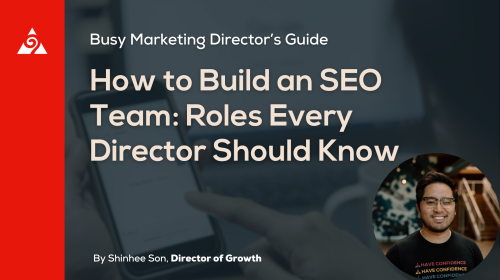When AdWords first launched in 2000, it had only 350 advertisers. It’s fun to imagine the opportunity and ease with which many could profit in such an unsaturated market.
However, fast forward to today and the number of advertisers has ballooned to well over 1 million. With more demand has come higher cost-per-clicks, and more notably a set of “best practices” outlined by Google and other industry experts.
The majority of these best practices have been proven with data – and advertisers should generally follow them to get the best performance.
However, there are likely some scenarios where advertisers could be suffering from group-think, and that means an opportunity to try Contrarian AdWords Strategies for better performance.
Below, we outline three common scenarios where advertisers could potentially profit from using a strategy different from the consensus.
Scenario:
The consensus among competitors is only showing ads between 9 AM – 5 PM because that’s when their businesses operate.
Contrarian Strategy:
Add the underserved timeslot (5:01 PM – 8:59 AM) to your campaign. Lower bids significantly since the competition is lower. Don’t show a phone number in your ads since your business is likely closed, but instead focus on getting contact form leads at a discounted price.
If you want to leave the phone number in the ads, make sure to use a call-tracking service and have voicemail setup to collect as much information as you can without answering the phone.
—
Scenario:
The customer profile for the industry is well defined by age and/or gender. Competitors are taking advantage of this with bid adjustments to get more relevant traffic that fits their target demographics. However, they still mostly segment their campaigns as many advertisers do, by keyword match type, location, or device.
Contrarian Strategy:
Create a campaign that solely focuses on your target demographic. Skip the bid adjustment and exclude the gender and/or age groups that don’t perform well altogether.
Be careful though, this will significantly decrease the target audience and could result in less available impressions. To make sure you can still spend your budget, create another campaign that only targets the opposite (the lower performing demographics). Keep a lower max budget on this campaign and make sure that the high performing demographics campaign spends as much as it can within your budget.
Essentially, you are segmenting your original campaign into two – based on top demographics and the rest. Typical campaign segmentations are by match type, location, or device, so you will surely be differentiating yourself from competitors with this strategy.
—
Scenario:
The industry is saturated with many competitors, and they seem to have figured out which keywords turn into sales. Most of the keywords you want to bid on have high competition and a cost per click that will burn your budget quickly.
Contrarian Strategy:
Since your competition is likely focused on a mix of specific keywords, start with broad modified keywords and cast a wide net. Instead of just watching for which search terms convert and adding them as keywords (which your competition is probably already doing), watch for long tail search terms that are highly relevant, whether they convert or not.
Add these long tail search terms into a new campaign as exact matches, and add them as negatives to your broad campaign.
For each new long tail keyword, create a new ad group in the exact campaign. Use a single keyword ad group (SKAG) and customize the ads to get a high Quality Score.
Now you have a highly-customized campaign that your competitors can’t easily compete with.
Want us to try a contrarian AdWords strategy for your company? Contact one of our experts.



